Being the disabled person in someone’s life, you often get assigned adjectives like “brave” and “courageous” when all you’re actually doing is shopping at Wal-Mart. The truth is that the only thing my disability has made me is hungry for a space where people understand me. I’ve been able to find that in games generally, but very few fighting games have felt welcoming. I’m happy to say that not only is Capcom’s Street Fighter 6 a game that welcomes disabled players, but it actively fosters an environment where they can get better.
Street Fighter 6 Key Details
- Developer: Capcom
- Platforms: PC via Steam, PlayStation 5, and Xbox Series X|S
- Release Date: June 2, 2023
- Cost: $59.99
Street Fighter 6 Embraces Accessibility
The core to making Street Fighter 6 more accessible is the addition of a brand new control scheme called “Modern Controls”. The new option takes the traditional six-button control layout and remixes it, so rather than needing a button for punch and kick, there are simply light, medium, and heavy attacks. This enables that fourth face button to control all of your special moves, allowing me the freedom to finally throw specials in a Street Fighter game without dropping inputs. It offers a level of playability that’s never been seen before in this series.
That’s not the only change to the core fighting, however. We also get a brand new mechanic called the Drive Gauge. The Drive Gauge is how you perform the EX versions of special moves, as well as the bright and colorful Drive Impacts and parries that let you pull off your own EVO moment 37 simply by holding the parry button and draining your Drive Gauge. This meter recharges after every round, so it helps to keep up the pace, without punishing you too hard if you decide to use it all. Drive Impacts also have universal armor, meaning that in most cases you can tank one hit and still complete your action.
This means if you time it just right, you can use your own Drive Impact to negate the opponents. This cat-and-mouse game extends even further into the game’s Super Arts. Each character has different uses for their Super Arts, for example, Zangief uses his level 1 move to grab someone out of the air, making it absolutely useless for opponents that stay on the ground. While new character Marissa gets a hit of armor on her level 1, which may make it more valuable than a level 2 or level 3 move depending on how confident you feel. Each of these combat changes comes together to create something that feels usable at every skill level. All 18 characters in the cast feel like they belong in this game, and that they can be played by anyone.
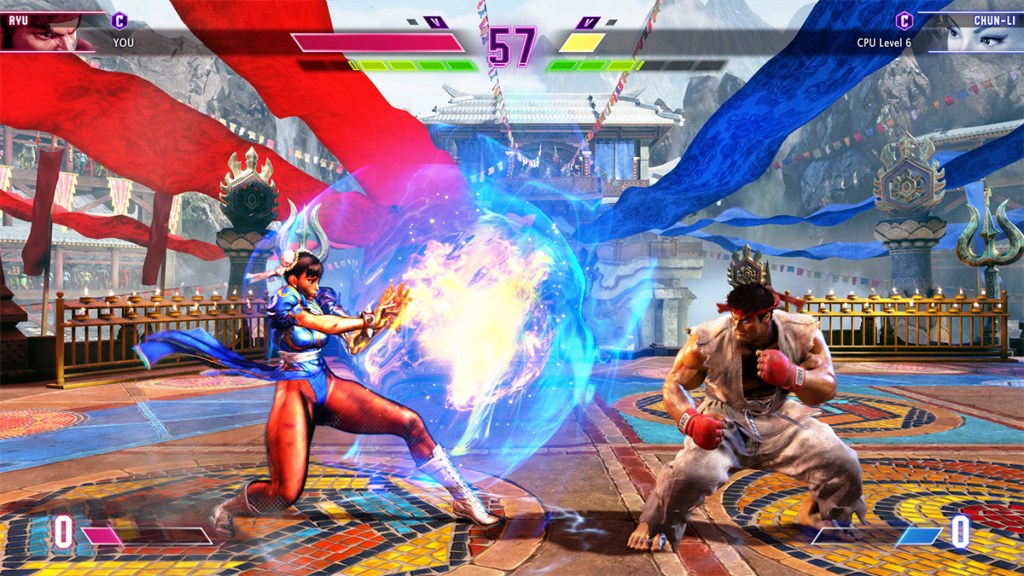
As a newcomer, I’ve felt very drawn to Marissa, Ken, and Luke. These three were the majority of my matches during the review period. Training with Marissa’s slower move set first taught me not to rely on only big specials to get wins. That’s where characters like Ken and Luke – who move much faster and should start with jabs – begin to feel like they might be who I climb the ranked ladder with. Every new character that you try feels just as comfortable as all the others, and yet it feels new enough that you don’t feel discouraged for taking a few rounds to adjust.
Street Fighter 6 Attempts Adventure, But Adds Frustration
In terms of modes, Street Fighter 6 is separated into three pillars. The most ambitious of them is the World Tour mode. World Tour is doing its best to show that Capcom’s RE engine can do more than just 2D fighting games. It uses a system that’s very similar to WWE games – you pick a fighter’s base move set to work from, and can customize the different special moves and Super Arts, while training with the characters of the main cast. You train at Luke’s gym in hopes of becoming a better fighter, and you’ll very slowly build your stats up by earning EXP. Skill points can be earned to level up a talent tree, which determines how many specials you can equip and how many Super Arts you can unleash.
Unfortunately, while all of these ideas sound fine on paper, they just don’t fully come together in practice. What starts as a very chill and welcoming experience quickly turns into frustration. You don’t gain access to Drive Impact moves until about six hours into playing. It’s possible most players will get there quicker if they mainline the story, but the way the world map is laid out lends itself to you fighting a frustrating amount of trash mobs.
This is compounded as you look at your minimap and see a straight line to your objective, only to be blocked by cop cars or other obstacles. Because of this, the seemingly open map is unpleasantly stuffed with barriers that steamroll player choice and force direction.
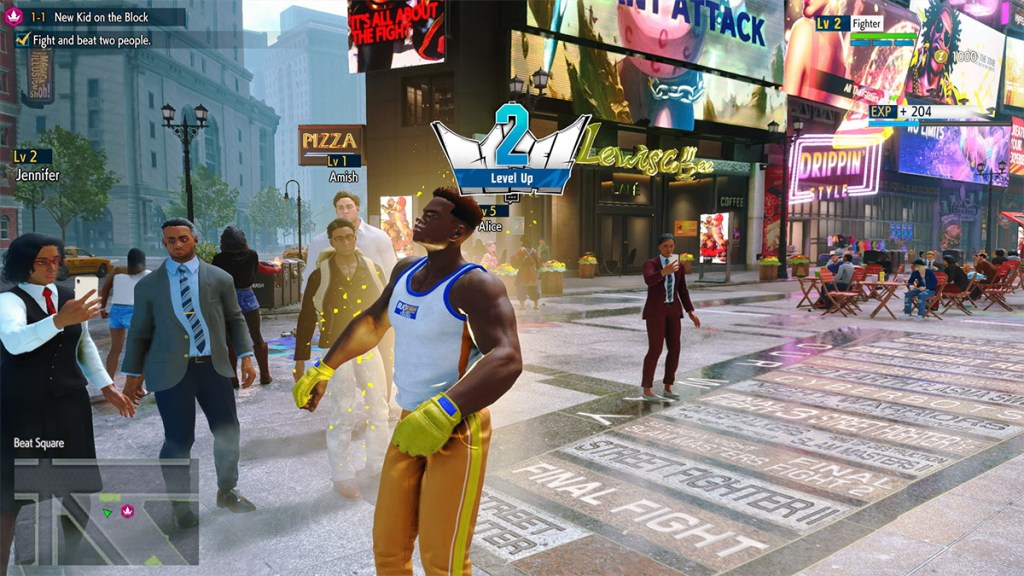
All this pales in comparison to when, in Chapter 8, the game asks you to solve a riddle to get someone’s phone number. You have to do a scavenger hunt where the task will be to find flyers around the city with numbers on them. The game uses the standard objective marker to show you the first one, but then refuses to do it for the other two, and I just have no idea how to find these, they aren’t in locations with any landmarks, and the map is cut into so many different short paths that I’m stumped on how to properly get there. While it’s not awful by any means, it’s reached a point where I would much rather spend my time simply playing arcade mode and learning more about the matchups than getting stopped by an NPC mob every 45 seconds while I fight them for about 15.
Street Fighter Six Breaks Down Character Actions
Stepping outside of the World Tour, you have the Fighting Grounds, which includes arcade modes and training modes. Street Fighter 6 also has a character guide section that helps you understand why certain actions are used with specific characters. While it’s a very useful tool it is slightly frustrating that you have to hit multiple buttons in order to go in and out of demo mode. Similarly, you don’t get any rewards for finishing combo trials and it feels like a missed opportunity to reward players who took time to practice.
Arcade mode is a wonderful throwback; free of the need to add any deep narrative, it instead uses its time to do light table setting for these characters. There’s a five-round set and a 13-round set – I would actually suggest that when you’re starting out to play the 13-round version because it has a slower difficulty ramp than the shorter version. If you are struggling and happen to lose a few times, the game will automatically lower the CPU difficulty – which is a nice touch.
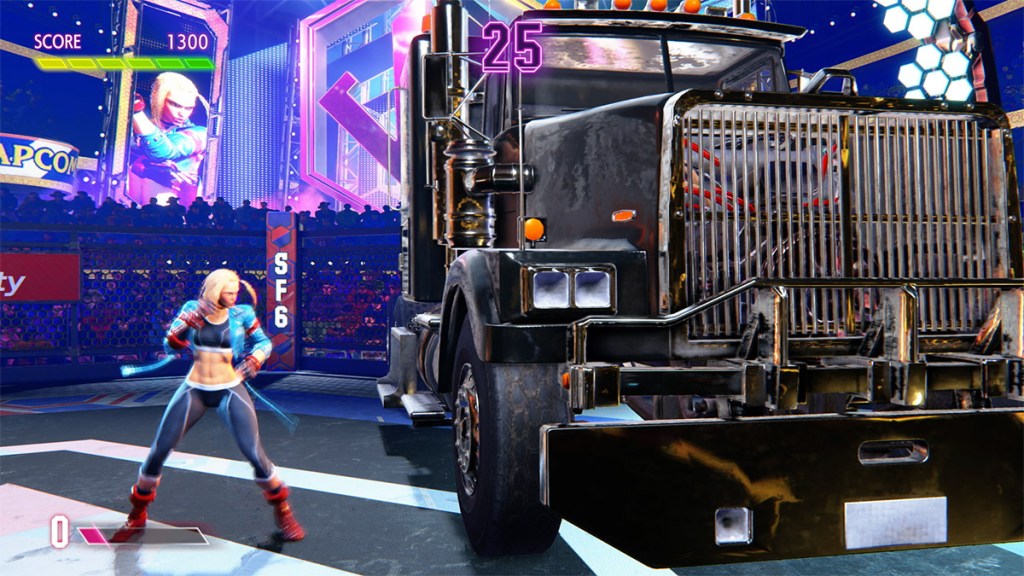
The lifeblood of any modern fighting game, for better or worse, is the online optimization. Thankfully, Street Fighter 6 delivers on that. The game’s ranking system is now individualized for each of the 18 characters, and while this might mean some growing pains in the beginning, eventually everything should level out fine.
Even at high pings Street Fighter 6 performs well, it only struggles when that ping changes mid-match. There were also a few cases where matches failed to connect, and I’d have to hit the button to activate ranked searching again. There’s also a tournaments tab that will update periodically, and it allows even casual players to feel like they are in their own EVO. It also features Avatar battles, so that the character you make in World Tour can come over to the battle hub and fight other players’ avatars.
Verdict
Street Fighter 6 is the game that proves what disability advocates have been saying for decades: You can build an accessible game without taking away any of the depth that it has. I want every single fighting game to follow this exact lead. The game’s new systems and eclectic cast have far outshined the lackluster World Tour.
Street Fighter 6 is a game you can show someone who’s never played fighting games. It’s a game I’ll probably play for this entire generation. Street Fighter 6 isn’t just one of the best games I’ve played this year, it’s a game that has unlocked an entire genre for me. A completely new way of thinking has been opened, where I no longer think about how difficult something is to do but how much more I have to learn.
Final Score:
8.5 / 10
| + | Modern controls give every player the tools they need to win. |
| + | Deep roster with a ton of exciting interactions. |
| + | Vibrant and eye-catching visuals. |
| – | World Tour feels like more trouble than it’s worth. |
| – | Because World Tour isn’t engaging, enjoyment may come down to how much you enjoy online. |
Gamepur team received a PS5 code for the purpose of this review.

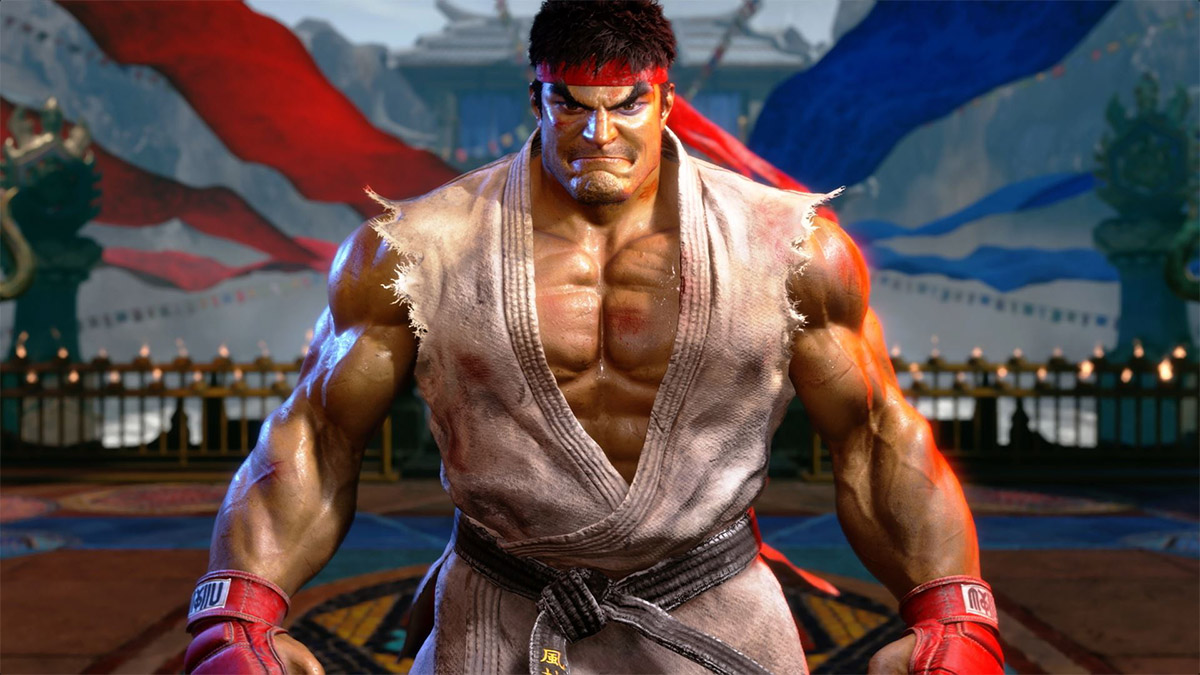

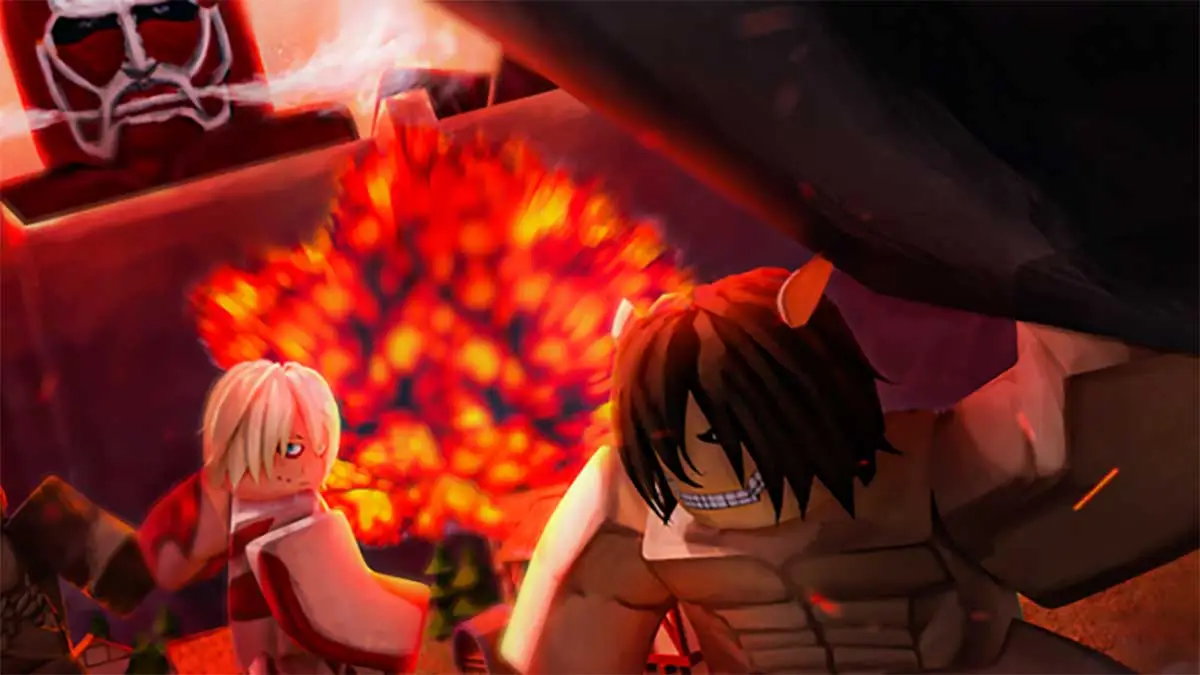
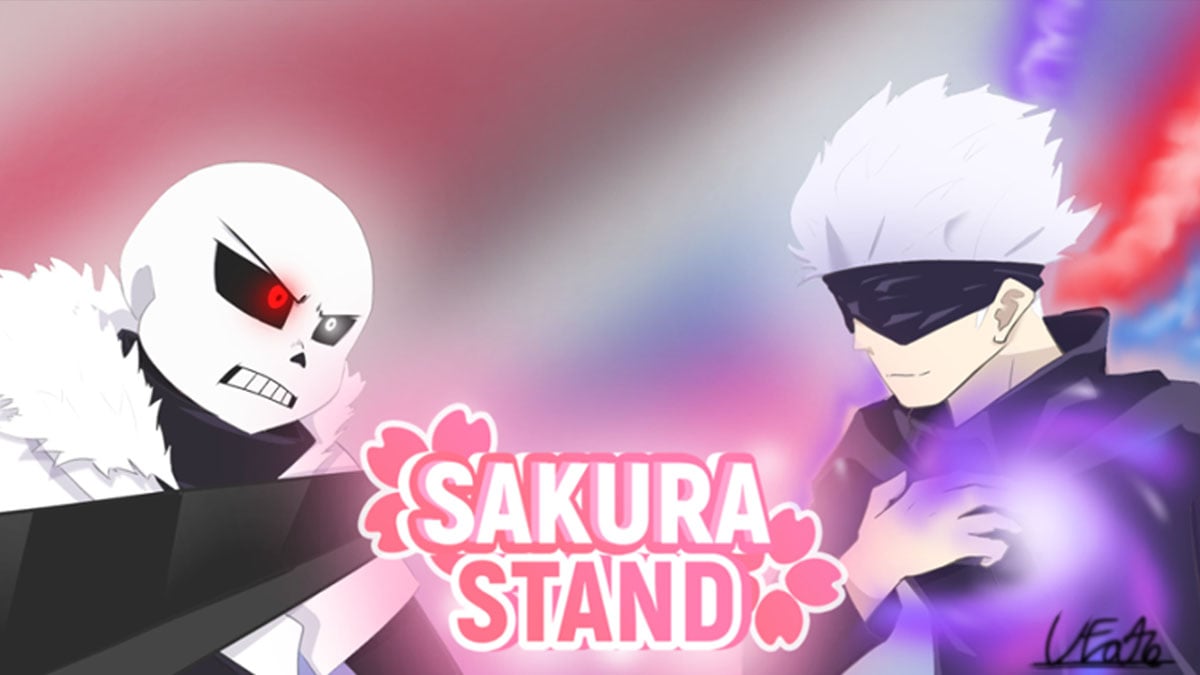
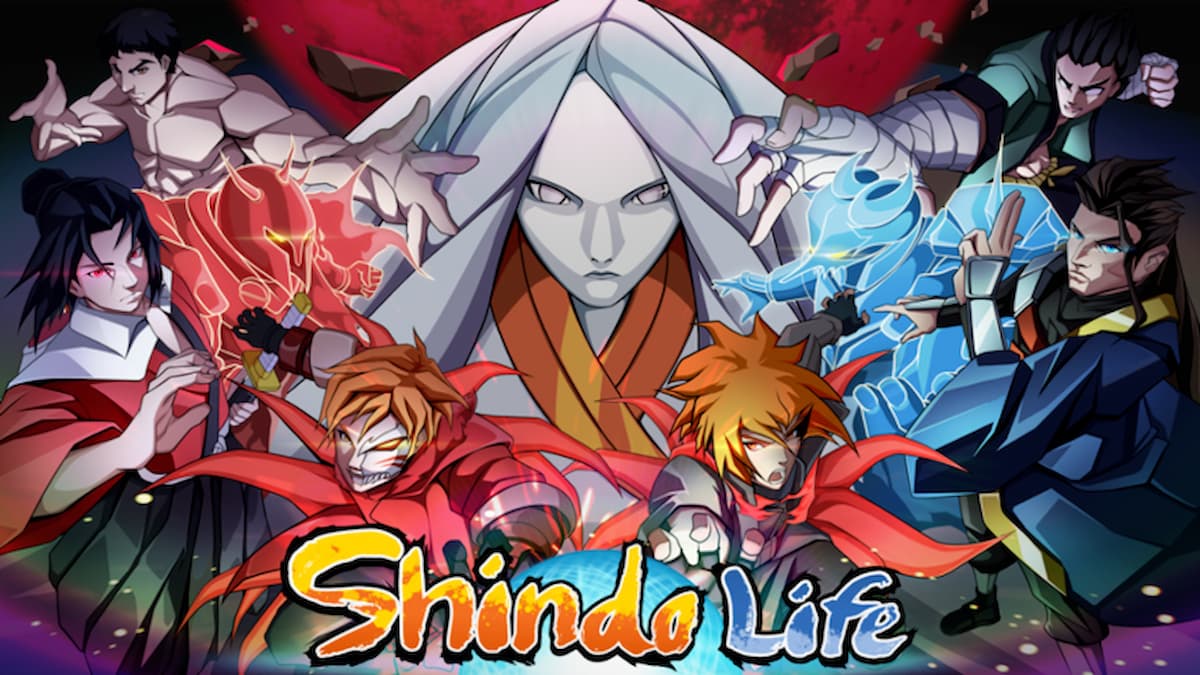
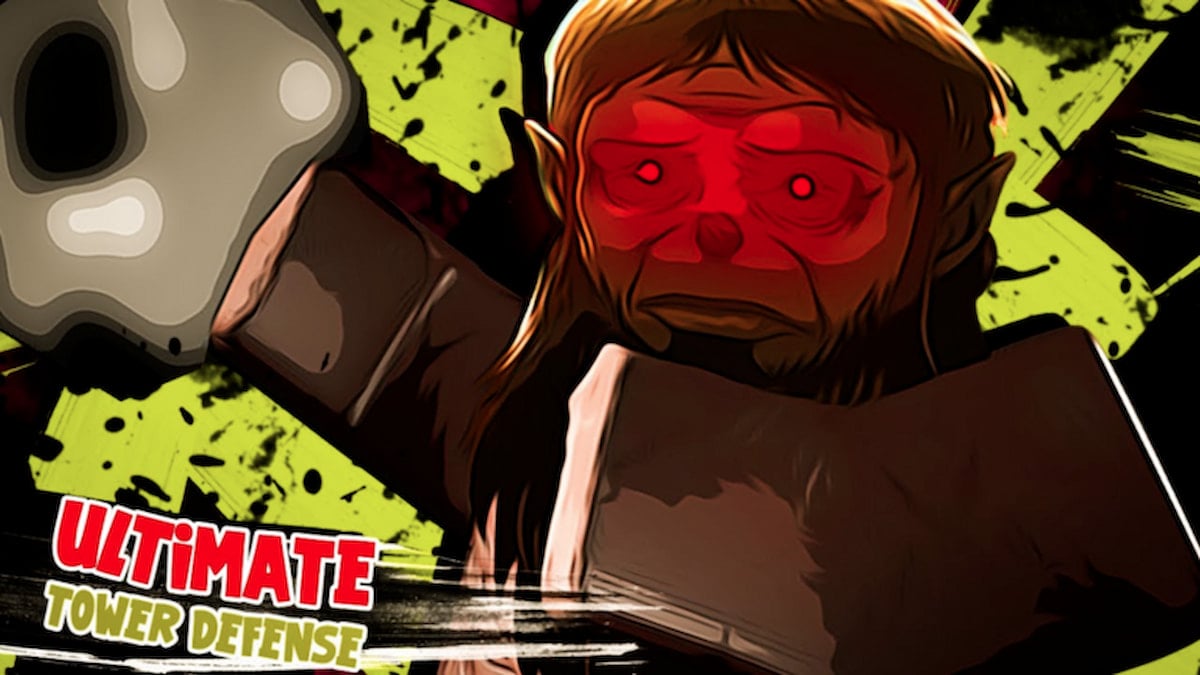
Published: May 30, 2023 02:01 am